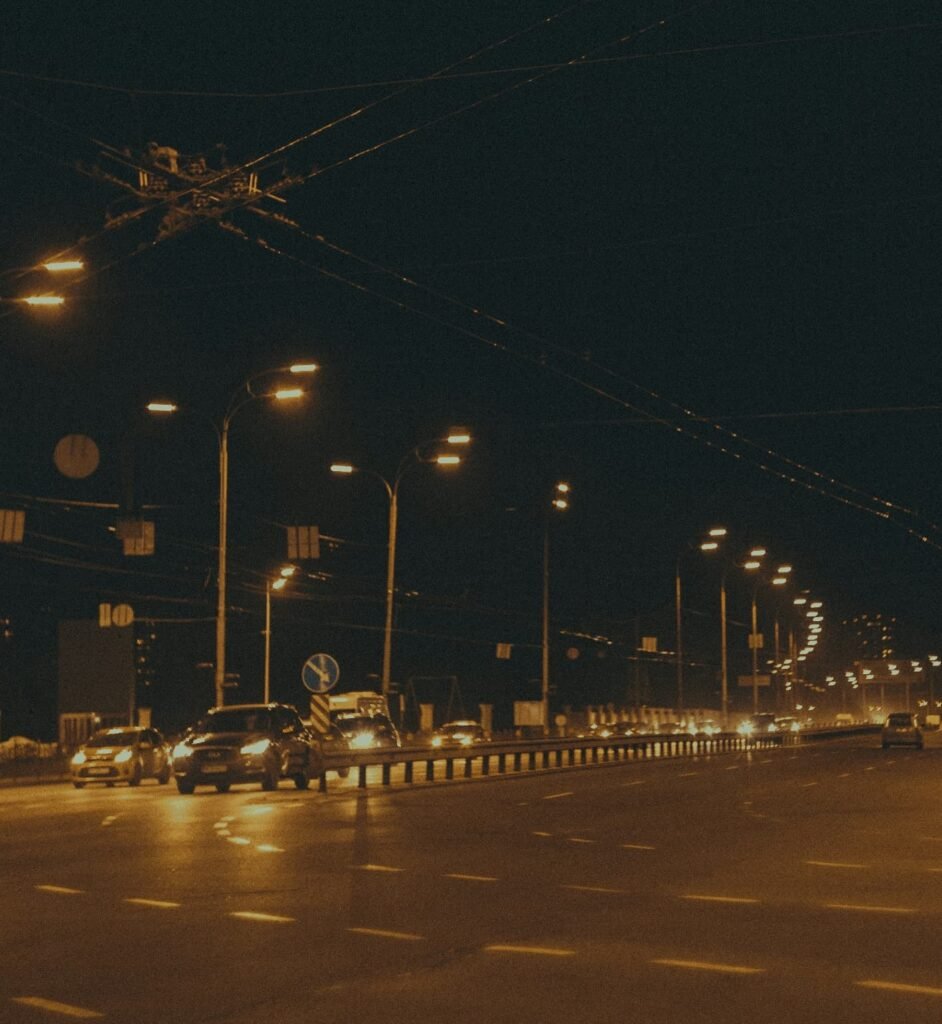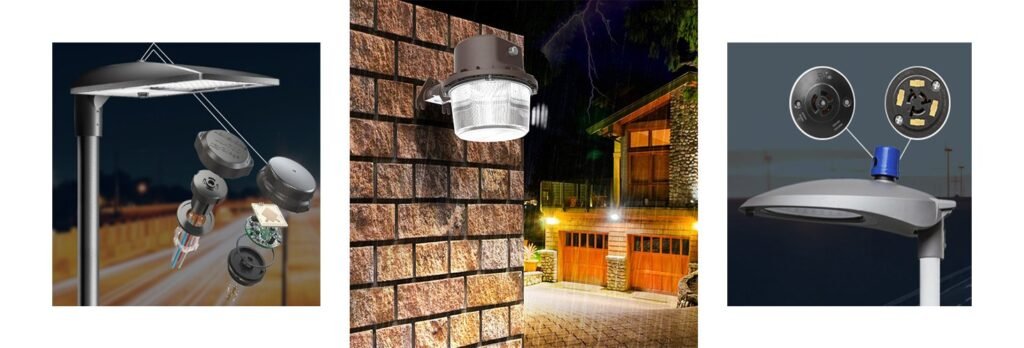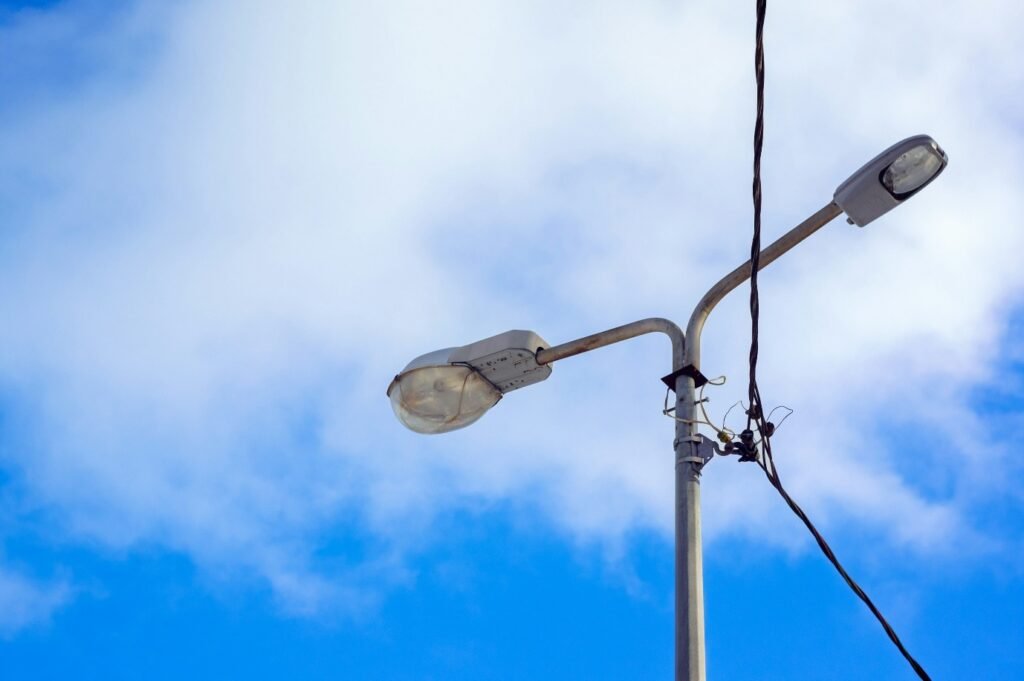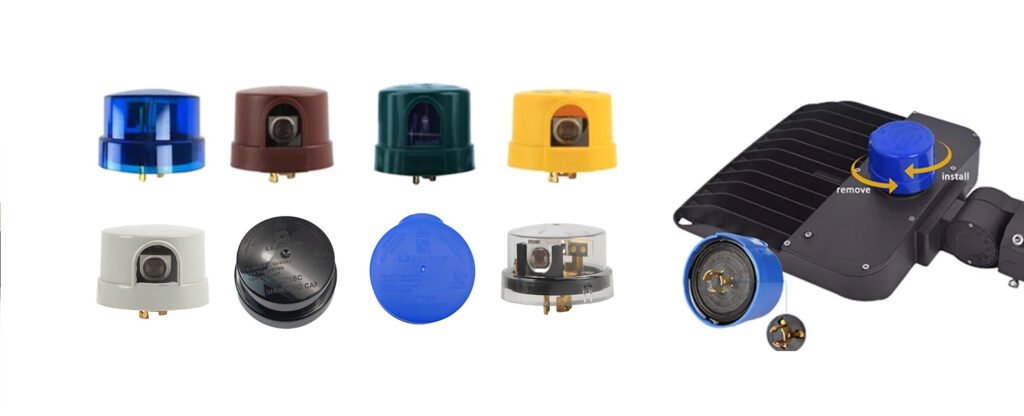Crossways Spanish speaking nations — from Argentina and Chile in the south to Mexico and Spain across the Atlantic — the modern, energy proficient lighting is undergoing transformation. Administrations, towns, and private utilities are spending comprehensively in LED retrofits and smart street lighting programs to expand energy savings, security, and sustainability.
So far, this transformation determination faces a distinctive challenge: most of the current electrical structure in these areas remains old-fashioned or unreliable. Power volatility, voltage instabilities, and legacy lighting systems make it tough to install standard controllers designed for more steady atmospheres.
This is the spot where photocell adaptation turns out to be important. The accomplishment of lighting rejuvenation in Spanish-speaking markets rest on using photocell controllers that are not only smart and proficient but also irrepressible to infrastructure boundaries. Lead-Top, a firm recognized for its headship in lighting control technology, has been at the front position for developing adaptive photocell solutions that works consistently under unsteady circumstances.

Power Instability as a Design Challenge
Contrasting to the comparatively unchanging and expectable grid systems originate in Northern America or parts of Western Europe, several Spanish-speaking markets experience substantial irregularities in voltage, current frequency, and grid steadiness. In republics for instance Colombia, Peru, and parts of Central America, power disruptions and surges are common, mostly in countryside or semi-urban zones. Even Spain, regardless of its unconventional grid, has older urban zones and distant coastline cities where instable loads effect lighting performance.
This unstable power grid atmosphere brings a severe challenge for standard photocell controllers. Orthodox sensors designed for steady voltage can face trembling, early failure, or inappropriate switching when exposed to everyday power variations. In most of the cases, the lights may turn on or off at unintentional times, wasting energy and decreasing system dependability.
To deal with this, constructers are manufacturing photocells with wide-ranging electrical sufferance and safety functions. The innovative generation of multi-voltage controllers (120–480V) guarantees compatibility crosswise varied power conditions, lessening the risk of breakdown because of unbalanced supply. Characteristics like zero-crossing switching decrease electrical stress for the duration of on/off cycles, while MOV surge protection (up to 20kV) safeguards sensitive components from voltage spikes and lightning strikes.
This vigorous manufacturing permits photocells to work consistently crosswise a wide range of voltages and frequencies — an important benefit in areas where the grid work uncertainly. For cities struggling with power inconsistency, photocell adaptation is not only a technical preference but a functional necessity.
Modernizing Legacy Infrastructure
An additional main contest for lighting modernization in Spanish-speaking countries is the commonness of legacy infrastructure. Numerous towns still operate lighting networks initially designed for HID (High-Intensity Discharge) or sodium vapor lamps, technologies that date back decades. Totally substituting these systems with smart LED lighting can be excessively expensive for local governments working under tight budgets.
In such circumstances, LED retrofits brings a real and cost efficient way out. By upgrading the light source and incorporating smart photocell controllers, towns can accomplish substantial energy savings and automation gains without having to reconstruct the whole electrical network.
Photocell controllers play a vibrant role in this evolution. Compact wire-in models, for instance the LT210 series from Lead-Top, are explicitly designed for unified integration into standing luminaires. These units offer contemporary performance at the same time upholding compatibility with older circuits. For larger networks, twist-lock types (NEMA 3/5/7) make things easier for both fitting and future upkeep, permitting experts to substitute controllers rapidly without rewiring.
This segmental method avoids costs and at the same time increases the functional life of existing infrastructure. Instead of discarding functional but old-fashioned systems, municipalities can improve them with adaptive photocells that carry automatic dusk-to-dawn control and steady operation.
Adapting to Environmental and Operational Realities
Away from electrical contests, the environmental divergence of Spanish-speaking markets brings one more complication. These areas consist of immense collection of weathers and layouts — starting from the arid deserts of north Mexico and coastline humidity in Spain and Chile, to the snow caped cold of Bolivia or the tropical rains of Panama.
For photocell controllers, persisting and working proficiently in these diverse environments needs extraordinary stability. Controllers must be UV-resistant, moisture-sealed, and capable of functioning in severe temperatures, naturally from -40°C to +70°C. Inclusions with IP66 or IP67 ratings offer essential shield against dust, rain, and salt corrosion, guaranteeing reliable performance in the severest outdoor settings.
This grouping of durable design and wide voltage acceptance enables photocell adaptation to almost any setting — from coastline ports and industrialized setups to roads, malls, and distant countryside highways.
Furthermore, these regions experience environmental volatility like humidity swings, lightning, or grid surges, resistant photocell design helps to avert upkeep annoyances and prolongs the lifecycle of both the controllers and the LED fixtures they control. The more reliable these controllers are, the more efficiently cities can provide dependable lighting and public wellbeing, even in challenging working circumstances.
Toward Smarter and More Connected Lighting
Whereas considerable emphasis in Spanish-speaking countries is still on LED retrofits and swapping outdated technologies, the swing headed for smart lighting and networked control systems is quickly gaining momentum. City developers and utility companies progressively identify that the next stage of lighting innovation lies in connectivity — incorporating photocell controllers with digital management systems for real time monitoring and energy optimization.
Today’s advanced controllers support cloud-based management platforms and standardized dimming protocols such as DALI (Digital Addressable Lighting Interface) and 0–10V control. These systems allow municipalities to adjust light levels based on traffic patterns, weather, or energy demand, offering a balance between illumination quality and energy efficiency.
Lead-Top developing programmable photocells that link old-style dusk-to-dawn mechanization with the intelligence of IoT-based lighting networks. Through wireless communication or gateway integration, these adaptive controllers can transfer status data, report catastrophes, and allow predictive maintenance. For municipalities looking to changeover progressively to smart substructure, these hybrid way outs offer a smooth, forward looking pathway.

The change to connected lighting also line up with sustainability and climate goals across the Spanish-speaking world. Reduced energy consumption, lower carbon emissions, and longer equipment life contribute directly to greener urban development — a priority for many municipalities under international energy agreements.
Conclusion: Building Resilient and Smart Lighting Systems
In order to renovate efficiently, Spanish-speaking markets need to concentrate not only on assuming LED lighting but also on confirming photocell adaptation to their unique infrastructure and environmental realities. Unsteady power networks, old systems, and severe weathers requires resilience, wide voltage, and surge-protected controllers that can work steadily through varied circumstances.
Lead-Top play a vital starring role in this revolution. Their inventions in multi-voltage, programmable, and environmentally robust photocell controllers empower towns to accomplish dependable, energy proficient lighting devoid of revamping their whole electrical systems.
As computerization and digital incorporation continue to inflate, the significance of adaptive and intelligent photocell technology will only grow. If handling a small metropolitan retrofit or scheduling a region-wide smart lighting rollout, success depends on controllers designed for real-world challenges — controllers that can handle unstable power grids, adapt to legacy infrastructure, and thrive in the diverse climates that define the Spanish-speaking world.
References:
- https://leaditop.com/product-category/product/twist-lock-photocontrollers/dimming-photocell/
- https://en.wikipedia.org/wiki/Digital_Addressable_Lighting_Interface
- https://www.ibm.com/think/topics/internet-of-things#:~:text=The%20Internet%20of%20Things%20(IoT)%20refers%20to%20a%20network%20of,to%20collect%20and%20share%20data.
- https://leaditop.com/wire-in-controllers/







